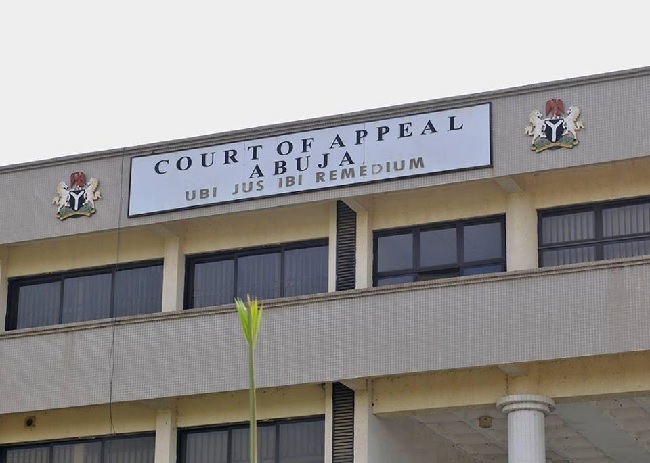Ethereum is at the forefront of blockchain innovation, transforming industries with groundbreaking technologies. From automating trust with smart contracts to revolutionizing finance through DeFi, Ethereum’s innovations are shaping the future. Explore five key advancements that highlight Ethereum’s pivotal role in the blockchain revolution. Ethereum is such a gem and is leading the charts of crypto top 10 projects! Register at https://ethereumcode.app to explore more about ETH and learn how to invest in it.
-
Smart Contracts: Automating Trust in a Decentralized World
Smart contracts are digital agreements that automatically execute when specific conditions are met. They are a game-changer for blockchain technology, especially on the Ethereum network. Imagine a vending machine: you insert money, select an item, and the machine delivers it without human intervention. Smart contracts work similarly.
One of the most remarkable aspects of smart contracts is their ability to ensure transparency and trust. Since they run on the blockchain, all transactions are recorded and visible to everyone. This transparency reduces fraud and corruption. For instance, in real estate, smart contracts can automate property transfers once payment is received, ensuring both parties fulfill their obligations.
Smart contracts are also making waves in supply chain management. Companies like IBM and Walmart use them to track products from production to delivery, ensuring authenticity and reducing losses.
-
Decentralized Finance (DeFi): Redefining Financial Systems
Decentralized Finance, or DeFi, is revolutionizing how we interact with money. It refers to financial services that operate without traditional banks, using blockchain technology instead. Imagine accessing loans, trading assets, or earning interest without ever stepping into a bank. That’s DeFi for you.
DeFi platforms use smart contracts to automate financial transactions, making them faster and cheaper. For example, platforms like Uniswap and Aave allow users to trade cryptocurrencies and earn interest on their assets without intermediaries. This democratizes access to financial services, especially for those in regions with limited banking infrastructure.
One of the most compelling aspects of DeFi is its inclusivity. Anyone with an internet connection can participate, regardless of their location. This opens up opportunities for unbanked populations to access credit, savings, and investment options. Moreover, DeFi offers high-interest rates compared to traditional savings accounts, attracting more users to the ecosystem.
-
Non-Fungible Tokens (NFTs): Revolutionizing Digital Ownership
Non-Fungible Tokens, or NFTs, are unique digital assets that represent ownership of a specific item or piece of content. Unlike cryptocurrencies such as Bitcoin or Ethereum, which are interchangeable, NFTs are one-of-a-kind.
Despite their popularity, NFTs are not without controversy. Critics argue that the market is speculative and prone to bubbles. Additionally, the environmental impact of blockchain transactions, especially those on energy-intensive networks like Ethereum, raises concerns.
NFTs have taken the world by storm, especially in the art and entertainment industries. Artists like Beeple have sold digital artworks for millions of dollars, and musicians are releasing albums as NFTs, giving fans exclusive access to content. This new form of ownership allows creators to monetize their work directly, bypassing traditional intermediaries.
-
Ethereum 2.0: Scaling for the Future
Ethereum 2.0, or Eth2, represents a major upgrade to the Ethereum network, aiming to improve its scalability, security, and sustainability. The current Ethereum network, while powerful, faces challenges like high transaction fees and energy consumption. Eth2 addresses these issues through several key changes.
One of the most significant changes is the transition from Proof of Work (PoW) to Proof of Stake (PoS). In PoW, miners solve complex puzzles to validate transactions, consuming a lot of energy. PoS, on the other hand, allows users to validate transactions based on the number of coins they hold and are willing to “stake” as collateral. This shift reduces energy consumption and makes the network more eco-friendly.
Ethereum 2.0 also introduces shard chains, which split the network into smaller, interconnected chains. This increases the network’s capacity to process transactions, reducing congestion and lowering fees. Think of it as adding more lanes to a highway to prevent traffic jams.
The upgrade is being rolled out in multiple phases. The Beacon Chain, launched in December 2020, laid the foundation for PoS. Subsequent phases will introduce shard chains and merge the existing Ethereum network with Eth2. This gradual approach ensures stability and minimizes disruption.
-
Decentralized Autonomous Organizations (DAOs): The Future of Governance
Decentralized Autonomous Organizations, or DAOs, represent a new model of governance where decisions are made collectively by stakeholders, rather than centralized authorities. DAOs operate on smart contracts, which automate decision-making processes based on predefined rules.
DAOs have the potential to revolutionize various sectors by promoting transparency and inclusivity. For example, in the finance sector, DAOs can manage investment funds where decisions on asset allocation are made by token holders. This democratizes investment management and aligns interests among all participants.
One notable example of a DAO is MakerDAO, which governs the issuance of the stablecoin DAI. Token holders vote on key decisions such as collateral types and risk parameters. This decentralized approach ensures that the community’s interests are prioritized.
Conclusion
Ethereum’s innovations are paving the way for a decentralized future, redefining how we interact with technology and finance. As Ethereum continues to evolve, its impact on various sectors will only grow. Embrace these advancements and explore their potential to stay ahead in the ever-changing blockchain landscape.












